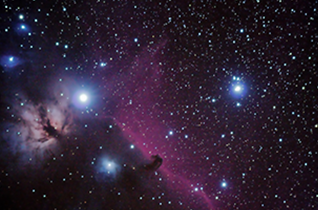 Introduction to Solar Systems Astronomy will illuminate the learners on the origins, structure, contents and evolution of our solar system.
Introduction to Solar Systems Astronomy will illuminate the learners on the origins, structure, contents and evolution of our solar system.- In addition, it will teach learners how to use algebra and order-of-magnitude estimates to obtain quantitative, scientific results
August 3rd, 2015: EdX’s new course on Introduction to Solar Systems Astronomy seeks to explore the origins, structure, contents, and evolution of our solar system and exosolar planetary systems. It will focus on the history of astronomy, properties of light, instruments, the study of the solar system and nearby stars.
Throughout the course, learners will learn about the Discovery Channel Telescope, the Lowell Observatory, the Challenger Space Center, and Meteor Crater, the world’s best-preserved meteorite impact site on Earth. The course will also give them a chance to virtually walk through the Lunar Exploration Museum and Arizona State University’s Moeur Building, home of the Mars Space Flight Facility where ASU scientists and researchers are using spacecraft instruments on Mars to explore the geology and mineralogy of the red planet.
This course satisfies the Natural Science — Quantitative (SQ) general studies requirement at Arizona State University. Introduction to Astronomy may satisfy a general education requirement at other institutions; however, it is strongly encouraged that learners consult with their institution of choice to determine how these credits will be applied to their degree requirements prior to transferring the credit.
The course starts on August 20, 2015 and one can enrol here: https://www.edx.org/course/introduction-solar-systems-astronomy-asux-ast111-credit-eligible#!
Taught by ASUx over a period of eight weeks, Introduction to Solar Systems Astronomy will let the learners explore the exciting world of modern solar systems astronomy!
